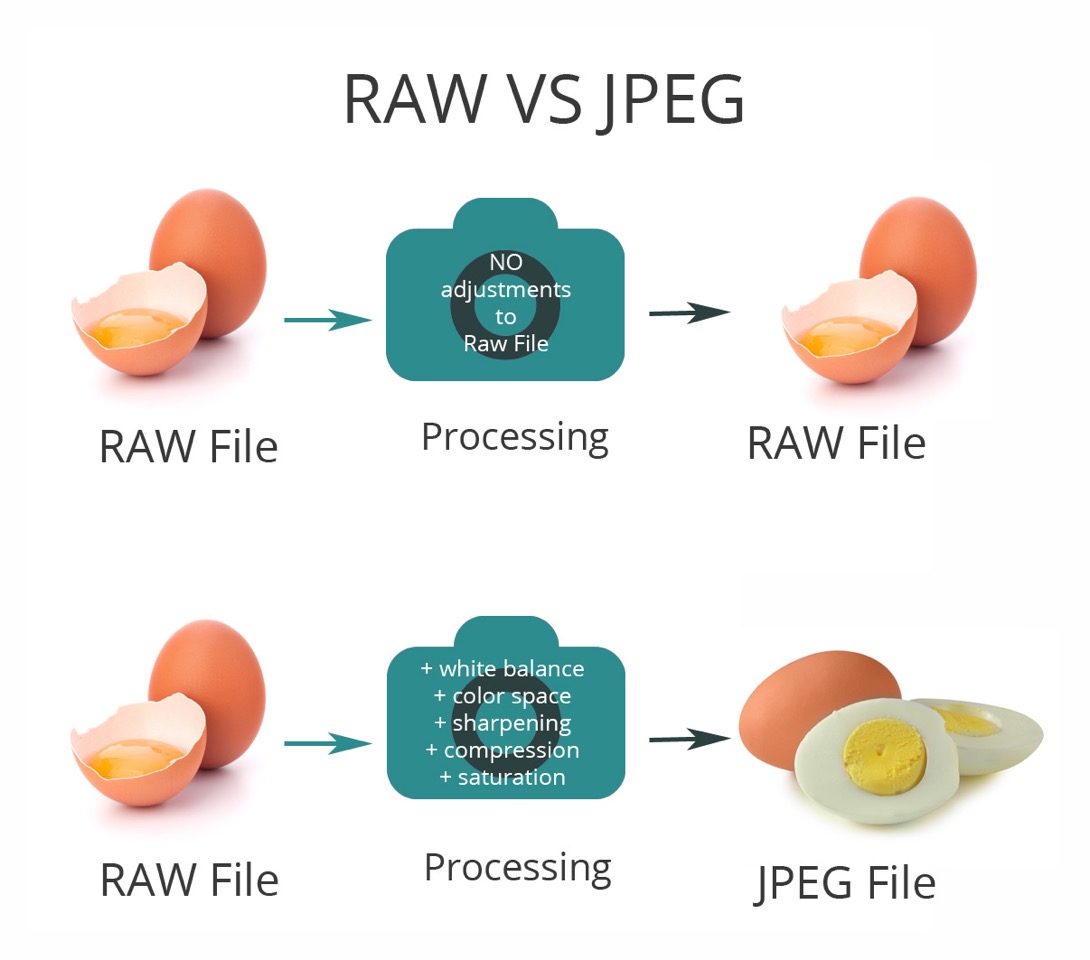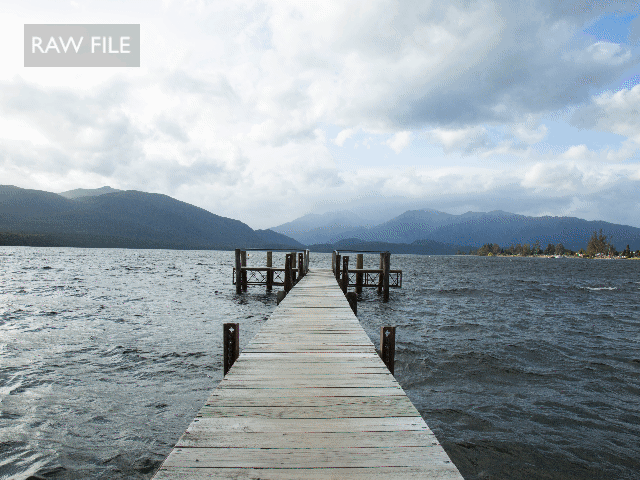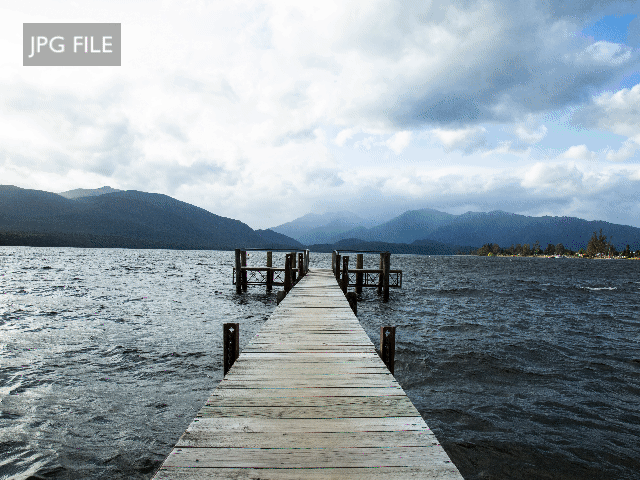
Did you know that after you take a photo in the JPEG option, your camera will process that file according to an exact mathematical formulation determined by Hans at the camera factory?
Hans (not his real name) is commissioned by all camera manufacturers to calculate the amount of contrast, sharpening and white balance that is added to your image when you select the “shoot in JPEG” option in camera settings.
Most entry level DSLR cameras and beyond – and some point-and-shoot cameras – give you the option to shoot in JPEG or RAW or a combination of both. A RAW file is like a digital negative. It contains unprocessed data taken directly from the camera sensor. A JPEG is a RAW image that your camera has processed (according to Hans’ personal preferences).
I had two beautiful chickens, Marija and Consuela, who were prolific egg layers, forcing me to become more creative with my egg recipes. From a single raw egg I have made:
1. omelettes
2. muffins
3. quiche
4. fried eggs
5. poached eggs
6. scrambled eggs
7. pancakes
8. chocolate cake
9. lemon meringue pie.
Raw eggs also make my dog’s fur really shiny.
Sometimes, I boil the eggs. Once boiled, I immediately lose all the delicious possibilities and my uses for them become more limited. I can make:
1. boiled eggs, whole
2. boiled eggs, cut in half
3. boiled eggs, sliced up.
Shooting in JPEG mode means you can’t access the extra information (and possibilities) a RAW file gives you.
The reason most people select the JPEG option is that it’s quick and easy, like ordering pizza from Uber Eats vs cooking a meal from scratch using organic ingredients. Both will satisfy your hunger but the organic meal is better for you in the long run.
Shooting in RAW mode involves extra effort, uses more space on your memory cards and can be tricky to get your head around but I believe the extra effort is totally worth it.
When you shoot JPEG your camera processes the images, when you shoot in RAW you control the look of your images.
Still not convinced? Check out this example that clearly shows the limitations of shooting JPEG:

This is an image I shot in New Zealand. I deliberately overexposed the image by 2 stops to blow out my highlights to show the limitations of shooting only in JPEG mode.
By shooting in RAW I am easily able to retrieve all the data in the sky and bring in my highlights and create the image I pictured in my mind’s eye.
Raw files contain so much more information and allow room for the occasional over or underexposed image that you may get when shooting under pressure.

Trying to salvage the same image shot as JPEG is impossible. The highlights just turn to caca and the sky can’t be saved.
Just like cooking vs fast food, this will involve extra work. If you are not ready to embrace RAW just yet, do your future self a huge favour and shoot RAW AND JPEG from now on. Whenever you download your files, store the RAW images in a separate folder that you can access in the future, when you are ready to embrace RAW.
Just go into “Menu” on the back of your camera and select File size> Raw + JPEG L.
![]()
Want more bang for your pixels? Don’t leave the look of your shot to chance or Hans. Take control. Embrace RAW!


